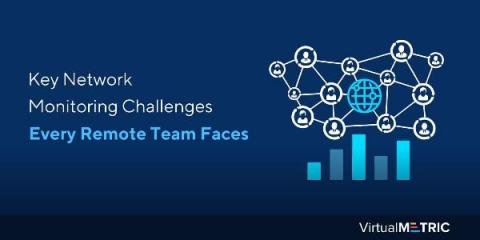Measuring Employee Experience in the Remote Work Era
For companies of all sizes, the struggle to understand and improve digital employee experience (DEX) is nothing new. What is new, however, is the working landscape we’ve all been navigating since the pandemic—where remote work has become the norm, and where the employee experience has become almost exclusively digital. As a result, businesses have implemented significant strategic changes over the past several months.








